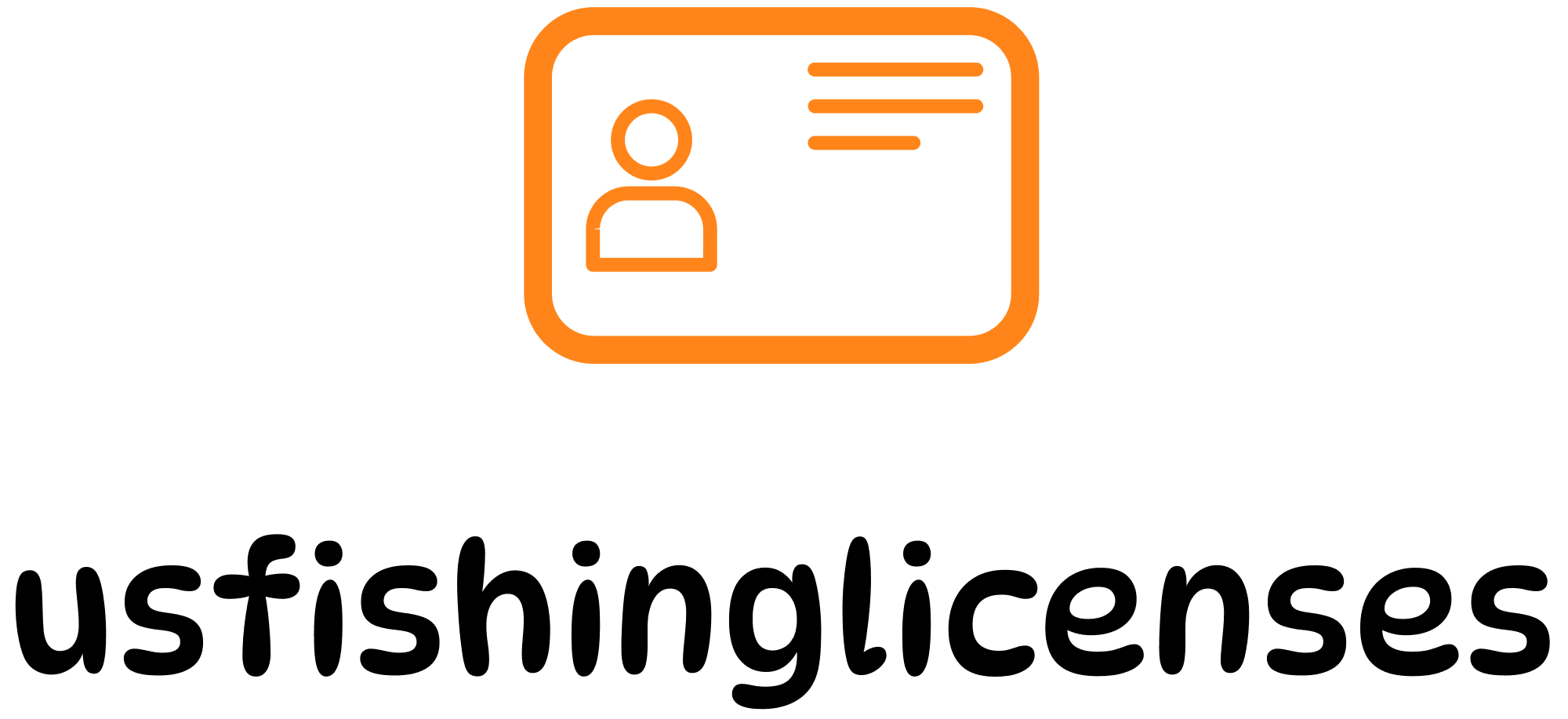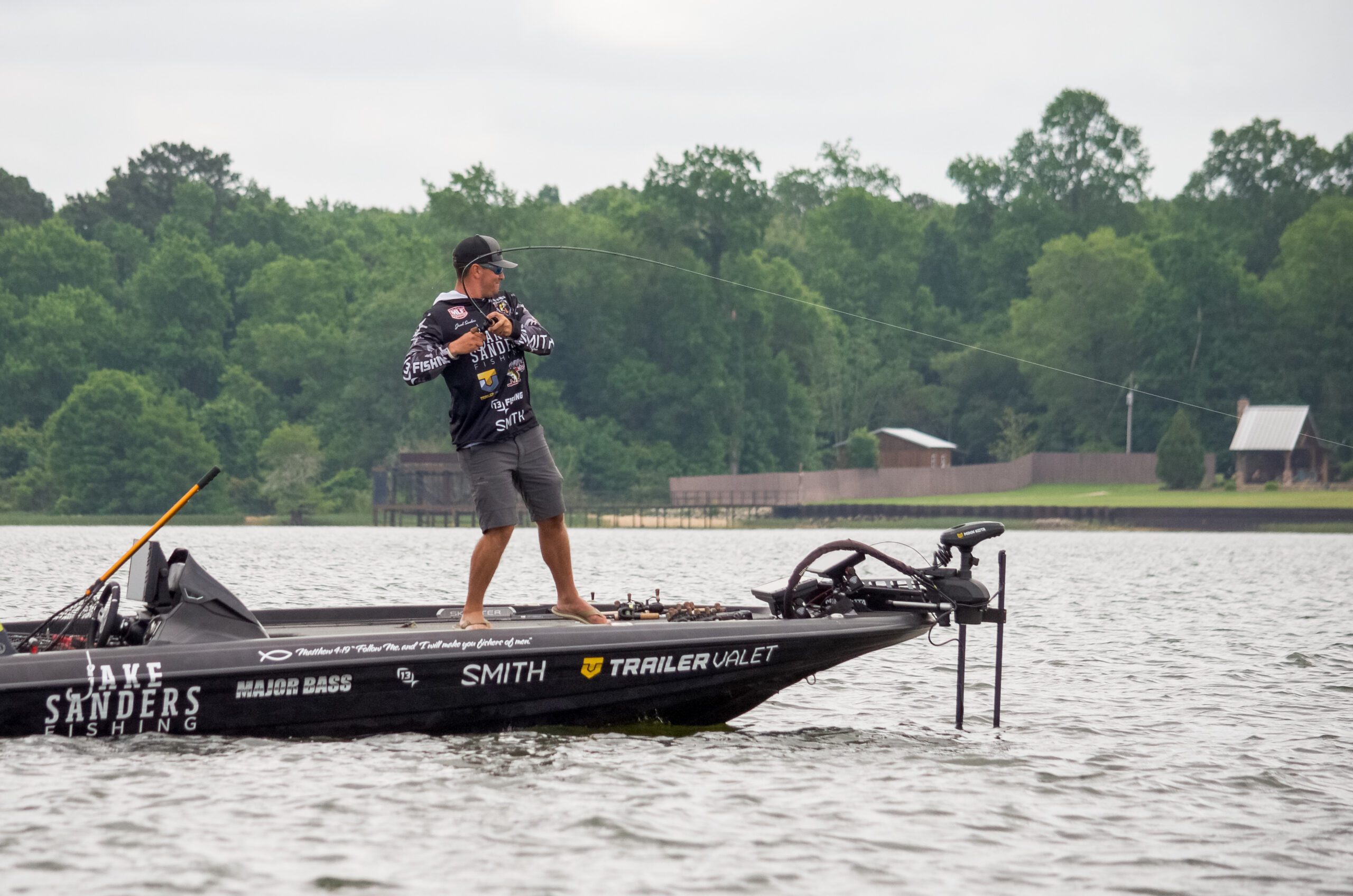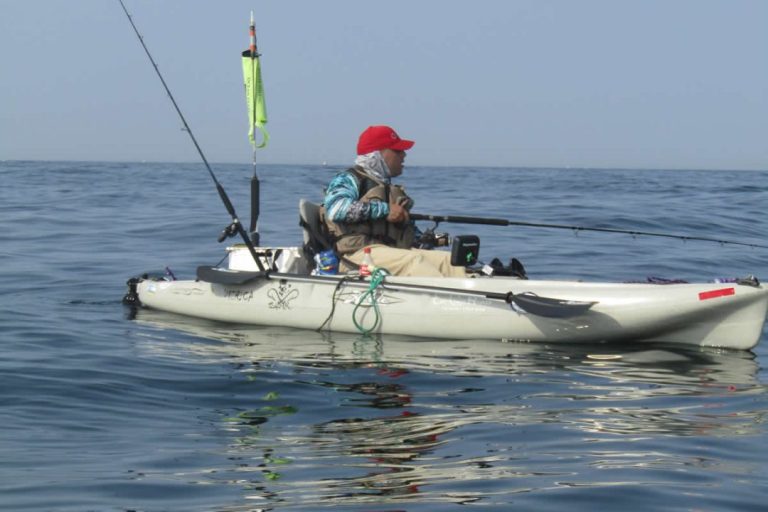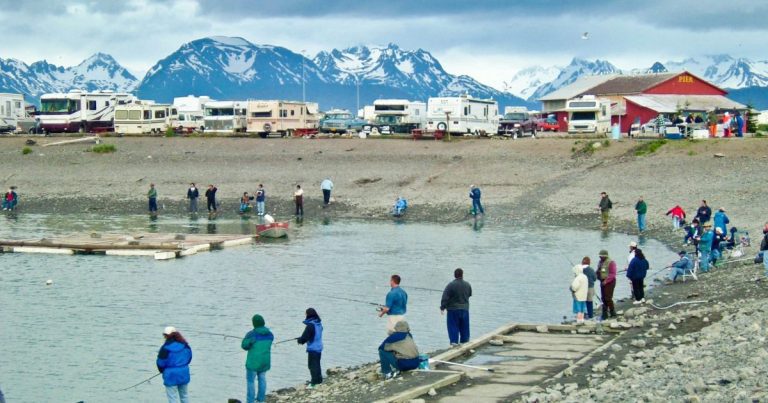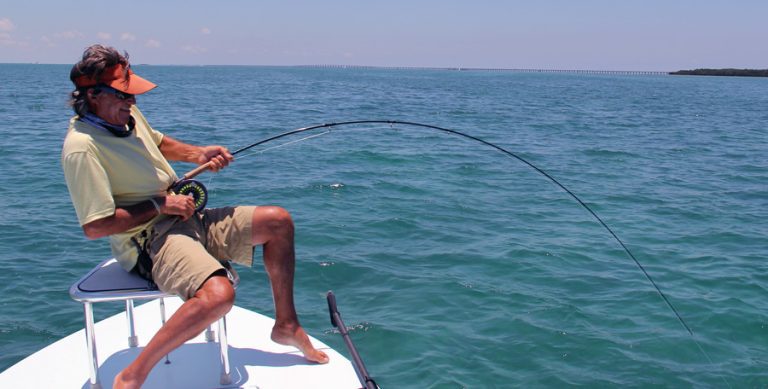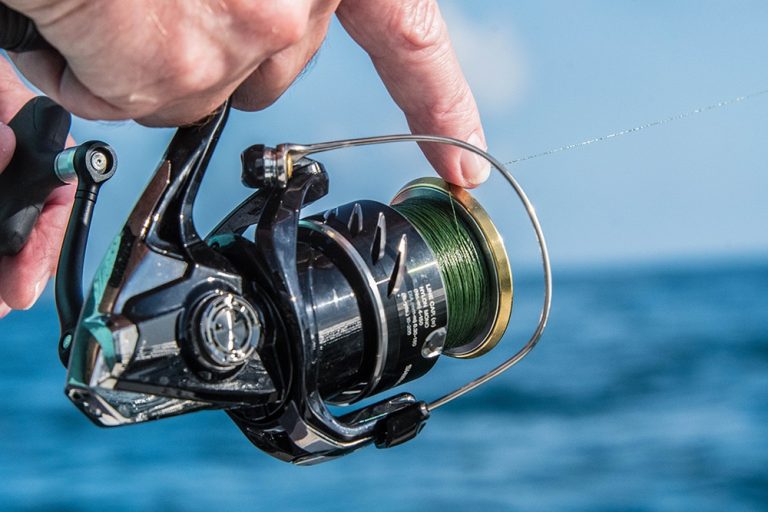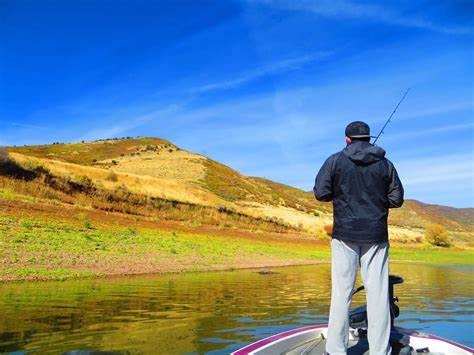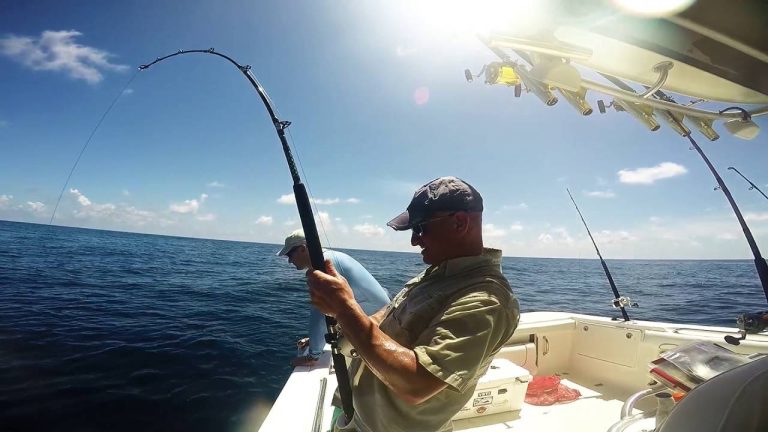Navigating the regulatory landscape for kayak fishing can be as challenging as maneuvering through rapids. Whether you’re a seasoned angler or new to the sport, understanding license requirements and waterway access permits is essential for legal compliance and supporting conservation efforts. This comprehensive guide clarifies what permits you need, where to get them, and how they benefit our waterways.
Understanding Basic Kayak Fishing License Requirements
Most states require anglers age 16 or 17 and older to purchase a fishing license regardless of vessel type. However, kayak fishing often involves additional permits beyond standard fishing licenses. These requirements typically fall into three categories:
- Standard fishing licenses – Required for catching fish
- Waterway access permits – Required for using non-motorized vessels on public waterways
- Aquatic invasive species (AIS) permits – Designed to prevent the spread of harmful non-native species
The specific requirements vary significantly by state, with factors such as residency status, age, vessel length, and water type (freshwater vs. saltwater) affecting what permits you need.
Who Needs a Fishing License?
As of 2024-2025, approximately 31.01 million Americans hold paid fishing licenses. Most states require:
- All anglers ages 16-17+ (varies by state)
- Both residents and non-residents (with different fee structures)
- Licenses for specific water types (freshwater, saltwater, or combined)
Age requirements and exemptions vary by state, with many offering free or reduced-fee licenses for youth, seniors, veterans, and individuals with disabilities.
Waterway Access Permits Explained
Waterway Access Permits are increasingly required for non-motorized vessels, including kayaks, in many states. These permits serve two primary purposes:
- Fund maintenance and development of non-motorized boating facilities
- Support aquatic invasive species prevention programs
Oregon’s Waterway Access Permit System
Oregon provides an excellent example of a comprehensive permit system. According to Oregon regulations:
- All craft 10 feet and longer require a Waterway Access Permit
- The permit includes the Aquatic Invasive Species (AIS) Prevention Program fee
- Permits are transferable between non-motorized watercraft
- Children 13 and younger are exempt from permit requirements
Oregon’s three-tiered pricing structure makes short-term use affordable while providing discounts for frequent paddlers:
| Permit Duration | Cost |
|---|---|
| 7-day permit | $7 (includes $2 agent fee) |
| 1-year permit | $19 (includes $2 agent fee) |
| 2-year permit | $32 (includes $2 agent fee) |
These funds directly support maintenance of existing facilities and development of new access points for non-motorized craft.
The Critical Role of Aquatic Invasive Species Permits
Aquatic invasive species like zebra mussels pose a severe threat to native ecosystems. In 2019 alone, Oregon’s inspection stations intercepted approximately 400 different craft unknowingly transporting invasive species.
AIS permits fund critical prevention efforts including:
- Border inspection stations
- Decontamination equipment and personnel
- Public education campaigns
- Monitoring and rapid response teams
AIS Permit Requirements by Vessel Type
Requirements vary by state and vessel type:
| Vessel Type | Typical Requirements |
|---|---|
| Oregon motorized boats | AIS fee included in state registration |
| Out-of-state motorized boats | Separate out-of-state AIS permit |
| Non-motorized watercraft 10’+ | Waterway Access Permit (includes AIS fee) |
| Vessels under length requirements | Generally exempt (varies by state) |
For example, Oregon-registered motorboat owners don’t need to purchase a separate AIS permit, as the fee is automatically included in their boat registration.
State-Specific License Requirements for Kayak Anglers
Requirements vary significantly between states. Here’s a snapshot of selected states:
Michigan (2025)
Michigan’s 2025 fishing licenses became available in March 2025 and are valid through March 31, 2026. Key points:
- All anglers ages 17+ require a license
- Annual fishing license: $26 for residents, $76 for non-residents (plus $1 surcharge)
- Daily fishing license: $10 per day
- Optional youth fishing license: $2 for anglers 16 and younger
- Licenses cover all species (with additional reporting for some species)
- Purchase online at Michigan.gov/DNRLicenses
Delaware
Delaware requires:
- Delaware-issued Fisherman Information Network (FIN) number for all anglers 16+
- FIN number automatically issued with Delaware fishing license purchase
- Licenses available through Digital DNREC or in-person at authorized agents
Oregon
Oregon’s requirements include:
- Standard fishing license for anglers
- Waterway Access Permit for non-motorized craft 10’+ ($7 for 7-day, $19 annual, $32 for 2-year)
- Permits transferable between craft (not registered to specific vessels)
- Children 13 and younger exempt from permit requirements
For more state-specific fishing license information, visit US Fishing Licenses state guides.
How to Purchase Licenses and Permits
Most states offer multiple convenient options for purchasing licenses and permits:
Online Purchase Options
Many states provide online purchasing systems:
- Michigan: Michigan.gov/DNRLicenses or Michigan DNR Hunt Fish app
- Delaware: Digital DNREC
- Oregon: MyODFW.com
To find options for all states, visit US Fishing Licenses state directory.
In-Person Purchase Locations
Traditional in-person options remain available in most states:
- Authorized license agents (sporting goods stores, bait shops)
- State fish and wildlife offices
- Some marinas and outdoor retailers
Many states, like Delaware, offer both online and in-person options for convenience.
Conservation Impact of License and Permit Fees
Your purchase of fishing licenses and waterway permits directly funds critical conservation efforts:
- Fisheries management programs to maintain healthy fish populations
- Habitat protection and restoration projects
- Access improvement for anglers and paddlers
- Invasive species prevention initiatives
- Public education on sustainable fishing practices
In Oregon, for example, the Waterway Access Permit fees fund both invasive species prevention and improvements to non-motorized boat access facilities.
Practical Tips for Kayak Anglers
Documentation and Display
- Print and laminate permits or save digital copies on your phone
- Keep documentation accessible while on the water
- Some states no longer issue physical tags (like Oregon’s previous Tyvek tags)
- Be prepared to show proof of purchase if approached by law enforcement
Multiple Vessel Considerations
If you own multiple kayaks or paddlecraft:
- In Oregon, permits are tied to the vessel in use, not the person
- One permit per craft in use is required
- If you have multiple vessels but only use one at a time, you only need one permit
- Permits are generally transferable between vessels (check your state’s specific rules)
Inspection Requirements
Many states require watercraft inspections to prevent the spread of invasive species:
- All vehicles towing or carrying watercraft into Oregon must stop at any open watercraft inspection station
- Look for orange “Boat Inspection Ahead” signs followed by “Inspection Required for All Watercraft”
- Inspections are quick and help prevent destructive invasive species from entering waterways
Frequently Asked Questions
Do I need both a fishing license and a waterway access permit?
In most states, yes. The fishing license permits you to catch fish, while the waterway access permit allows you to use your non-motorized vessel on public waterways. Check your specific state regulations as some states may combine these permits or have different requirements.
Are there exemptions for kayaks under certain lengths?
Yes, many states exempt smaller kayaks from permit requirements. For example, Oregon only requires Waterway Access Permits for non-motorized craft 10 feet and longer.
How do permit requirements differ for resident vs. non-resident kayak anglers?
Non-residents typically pay higher fees for both fishing licenses and waterway permits. For example, Michigan’s 2025 annual fishing license costs $26 for residents but $76 for non-residents.
Can I use my permit in neighboring states?
Generally no. Most permits and licenses are state-specific, although some states have reciprocal agreements for fishing licenses in boundary waters. Waterway access permits are typically not transferable between states.
Conclusion
Navigating the requirements for kayak fishing licenses and permits is essential for legal compliance and supporting conservation. By understanding and following your state’s regulations, you contribute directly to the maintenance and improvement of the waterways you enjoy. For the most current state-specific information, always check with your state’s fish and wildlife agency before heading out on your next kayak fishing adventure.
For comprehensive guides to fishing licenses in all 50 states, visit US Fishing Licenses and explore their state-by-state resources.
